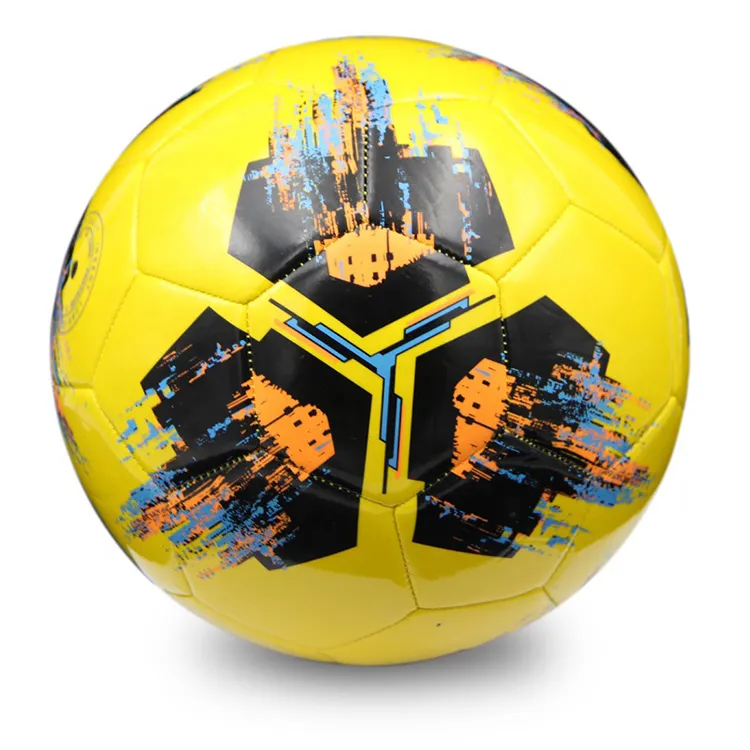In the extensive world of sports equipment, particularly ball sports, football occupies a significant niche, captivating audiences and players alike. The choice of a football, whether for professional play or casual games, can significantly impact performance. This involves understanding the nuances between various football designs, materials, and construction methods, which contribute to the overall experience of the sport.

The essence of football lies in its construction, primarily crafted with meticulous precision to ensure durability, playability, and comfort. Modern footballs are typically designed with a combination of natural and synthetic materials. Leather footballs were historically the standard until the introduction of synthetic alternatives which offer increased waterproofing and longevity—an essential feature for the dynamic environments in which football is played. High-quality footballs generally have a polyurethane or polyvinyl chloride outer casing, providing flexibility and resilience crucial for both power and accuracy during play.
A real-world experience with football often highlights the importance of panels. In professional football, 32-panel designs are predominant, as they combine aerodynamic stability with precise control. These panels are thermally bonded to secure a seamless surface, reducing water uptake and optimizing foot grip regardless of the weather conditions. This construction ensures that professional players can rely on consistent performance, which is critical in high-stakes matches.

Expertise in the field of football manufacturing extends to understanding the nuances of the bladder, responsible for maintaining the ball's shape and bounce. Latex bladders are known for their excellent bounce and touch, often favored by professional leagues. In contrast, butyl bladders offer superior air retention, an advantageous feature for training or extended periods of play. Consumers often weigh these options based on their specific needs—be it weekly training sessions or competitive matches.
Authoritativeness in football product manufacturing requires rigorous testing and adherence to international standards. The FIFA Quality Programme sets benchmarks for professional footballs, ensuring they meet strict criteria concerning weight, circumference, sphericity, pressure loss, water absorption, and more. This endorsement is crucial for products intended for global league matches, influencing purchasing decisions at the amateur and professional levels alike.
ball football
Trustworthiness in this context extends to the brand reputation and user testimonials. Brands like Adidas, Nike, and Puma, with years of consistent product quality and innovation, have established themselves as market leaders. Users tend to trust these brands, influenced by both iconic endorsements and personal positive experiences, which reinforces customer loyalty and boosts sales.
Navigating the market for footballs involves understanding consumer preferences, guided by both technical specifications and real-world applicability. For amateurs, durability and affordability might trump the advanced features sought by professionals. For instance, a budding footballer or local teams might prioritize a football's resistance to frequent, potentially rugged play over ultra-lightweight materials that might better serve an elite player concerned with speed and precision.
To cater to different audiences, many brands adopt a tiered product strategy, offering basic, intermediate, and professional-grade footballs. This ensures accessibility across different skill levels and user intentions. In addition, many brands provide customized options, allowing players or teams to infuse personal style or branding into their equipment, enhancing their connection to the sport.
The evolution of football continues to embrace technology with smart balls integrating tracking chips for detailed performance analytics, reflecting innovation tailored for both training and entertainment. These advancements not only change the way players interact with the ball but also how fans engage with the sport, offering more data-driven insights during matches.
In conclusion, selecting a football involves an intricate understanding of materials, construction, and brand credibility, each contributing to the game's rich experience. As the sport advances, driven by technology and consumer demand, product offerings continue to evolve, promising better performance, durability, and personalization. Whether on a sunlit field or under the spotlight of a world-stage stadium, the football remains a fundamental emblem of sporting passion and excellence.













